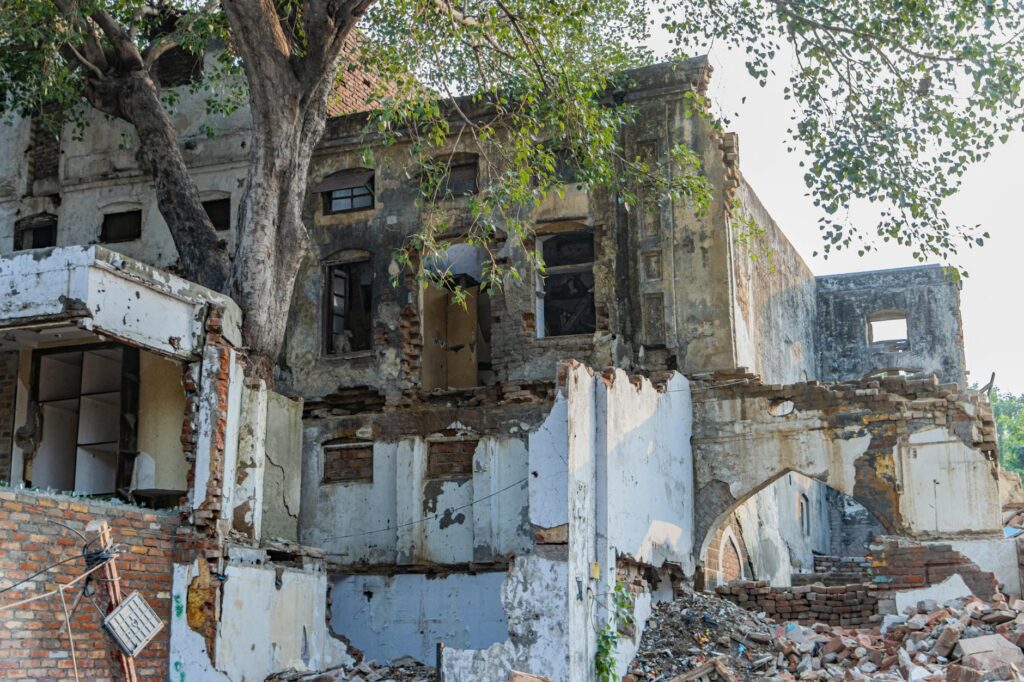The Shocking Betrayal That Handed India to the British – Plassey 1757!
Let’s be honest—history isn’t always about epic battles with clashing swords and heroic last stands. Sometimes, it’s about backroom deals and broken promises. The Battle of Plassey? Yeah, that one was decided before the first shot was fired. June 23, 1757, wasn’t just another date. It was the day India’s fate got locked in a British vault, all because a few greedy men couldn’t keep their word.
What Really Went Down Before Plassey
Bengal in the 1700s: A Mess Waiting to Happen
Picture this: The Mughals were fading fast, like an old Bollywood star past their prime. Bengal’s Nawab, Siraj-ud-Daulah? Young, fiery, and kinda out of his depth. Meanwhile, the British East India Company—those guys weren’t just trading spices anymore. They were building forts, raising armies, basically doing whatever they wanted. Siraj wasn’t having it. But here’s the thing—he didn’t realize half his own court was already shopping for a new boss.
The Black Hole Incident: Fact or Fiction?
Okay, so in 1756, Siraj takes Calcutta. Then comes the “Black Hole” story—146 Brits crammed into a tiny cell, most dying overnight. Sounds brutal, right? But here’s the kicker: historians still argue over whether it even happened like that. Some say the numbers were inflated. Others think it was pure British propaganda. Either way, Robert Clive—a guy with the morals of a pickpocket—used it as his excuse to go to war.
Plassey: The Battle That Wasn’t Really a Battle
The Traitors in the Room
Clive had 3,000 soldiers. Siraj had 50,000. On paper, this should’ve been a slaughter. But wars aren’t fought on paper. Mir Jafar, Siraj’s own general, had cut a deal with Clive: “You keep me out of the fight, I’ll give you Bengal on a silver platter.” And the bankers? Oh, they were in on it too. Jagat Seth and that slippery trader Omichand—they bankrolled the whole betrayal. Talk about team spirit.
How It All Fell Apart
When the fighting started at Plassey, Mir Jafar’s troops just… stood there. Like extras in a bad movie. Siraj’s army collapsed faster than a samosa in monsoon rain. The “battle” lasted less than a day. Siraj ran, got caught, and let’s just say his retirement plan didn’t work out. Mir Jafar got his throne—for about five minutes before the British started treating him like a rented mule.
The Real Prize
Bengal’s treasury. That’s what the British wanted. And boy, did they get it. Gold, jewels, enough cash to buy an army—all shipped off to London. Plassey wasn’t a victory. It was a robbery. And it gave the British the playbook they’d use for the next hundred years: find the traitors, pay them off, take everything.
Why Plassey Still Matters
The Domino Effect
After Plassey, the British weren’t just traders anymore. They were landlords. Tax collectors. Puppet masters. They sucked Bengal dry, then moved on to the next kingdom. And India’s rulers? Too busy fighting each other to notice the noose tightening. By 1857, the East India Company owned more land than the Mughals ever did.
The Big Question
Was Siraj really the monster the British painted him as? Or just a kid in over his head? And that Black Hole story—ever notice how it always gets trotted out when someone needs to justify empire? Makes you think.
The Lesson We Keep Forgetting
Plassey’s real legacy? Unity isn’t just nice—it’s survival. Siraj didn’t lose because the British were stronger. He lost because his own people sold him out. And once that door opened, well… you know the rest.
Final Thoughts
Plassey wasn’t a battle. It was a con job. The British didn’t conquer India—they hacked it, one betrayal at a time. Makes you wonder: if just a few men had stood firm that day, would our history books look different? But then again, that’s the thing about history—it only gives you one shot. What do you think? Could India have turned the tide, or was Plassey the beginning of the end no matter what?
Source: News18 Hindi – Nation

